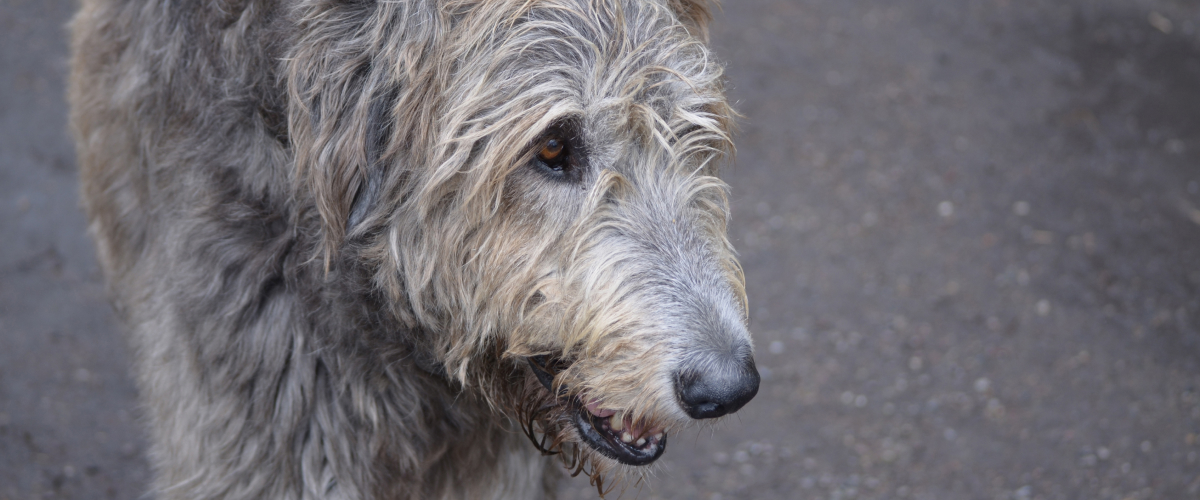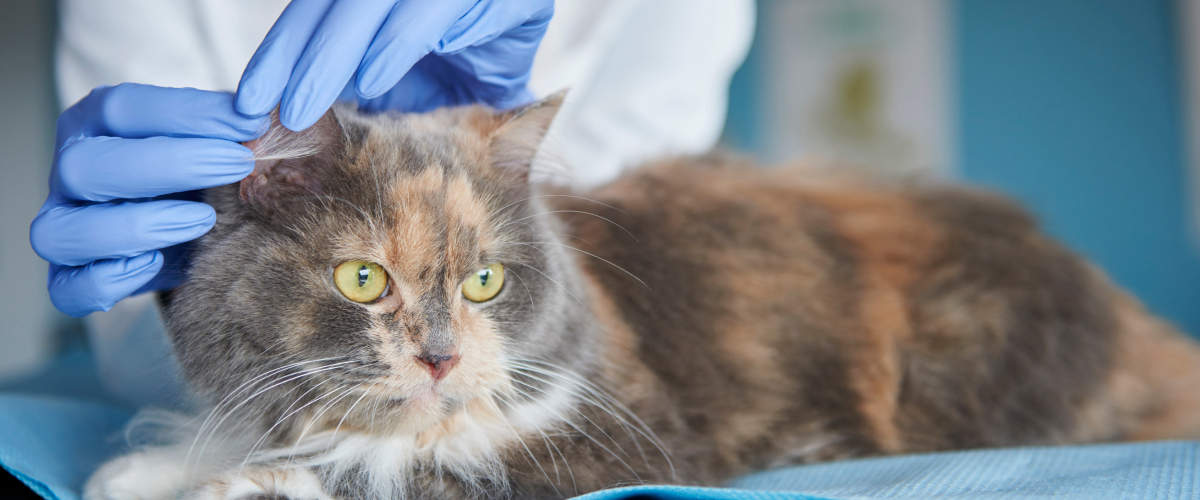Traveling with pets can be a delightful way to create cherished memories, but it requires careful planning to ensure your furry friend stays safe, comfortable, and happy. Whether you’re hitting the road, flying across the country, or embarking on a scenic train ride, these practical tips will help you prepare for a successful trip with your pet.
1. Plan Ahead
Before embarking on your journey, research your destination and accommodations to confirm they are pet-friendly. Many hotels, vacation rentals, and campgrounds welcome pets, but policies vary, so double-check their rules and amenities. Additionally, if you’re flying, familiarize yourself with the airline’s pet travel policies, including size restrictions, carrier requirements, and health documentation.
2. Visit the Vet
A pre-trip visit to the veterinarian is essential. Ensure your pet’s vaccinations are up to date and obtain a health certificate if required. Discuss any specific travel concerns, such as anxiety or motion sickness, and ask for recommendations on calming techniques or medications if necessary.
3. Pack Smart
Create a dedicated travel kit for your pet. Include essentials such as food, water, bowls, a leash, waste bags, grooming supplies, and any necessary medications. Don’t forget comfort items like a favorite toy, blanket, or bed to help your pet feel secure in unfamiliar environments.
4. Choose the Right Carrier or Crate
For safety and comfort, select an appropriate carrier or crate that is well-ventilated, spacious enough for your pet to move around, and secure during transport. Familiarize your pet with the carrier before the trip by allowing them to explore it at home.
5. Ensure Identification and Microchipping
Update your pet’s ID tags with your current contact information, and consider microchipping for added security. Traveling can increase the risk of your pet getting lost, so having identification is crucial for a swift reunion.
6. Stick to Their Routine
Maintaining a consistent feeding and exercise schedule can help reduce stress for your pet. Plan for regular breaks during your journey to allow your pet to stretch, hydrate, and relieve themselves.
7. Be Prepared for Emergencies
Research veterinary clinics near your destination and along your travel route. Carry a pet first-aid kit with items such as bandages, antiseptic wipes, and tweezers. Knowing where to go in case of an emergency can provide peace of mind.
8. Mind the Weather
Extreme temperatures can be dangerous for pets. Never leave your pet unattended in a parked vehicle, as temperatures can quickly become life-threatening. Plan your activities around weather conditions to keep your pet comfortable.
9. Practice Patience
Travel can be overwhelming for pets, especially if they’re not accustomed to it. Be patient and attentive to their needs, offering reassurance and extra care throughout the journey.
10. Know the Rules and Etiquette
Respect local regulations and etiquette regarding pets. Keep your pet leashed in public spaces, clean up after them, and be mindful of other travelers. This ensures a positive experience for everyone you encounter.
By planning thoughtfully and prioritizing your pet’s comfort and safety, you can enjoy a memorable and stress-free trip together. With these tips in mind, you’ll be well-equipped to navigate any adventure with your furry companion by your side.










